Some might say that the horseshoe crab is quite possibly the scariest looking creature along the shoreline. However, I disagree. There’s actually a sweetheart of an animal underneath that tough, pointy, chitin exoskeleton. I am certain that the horseshoe crab has survived since before the time of the dinosaurs due to its ability to adapt and take in stride all conditions (Darwin’s theory of ‘only the strong survive’ should more aptly be taken as ‘the most adaptable species will prevail‘).
The shells that you may see washed up along the coast line are probably molts. Horseshoe crabs have to shed their exoskeleton just like crustaceans. They grow on average a quarter of their size each time they shed. Females grow to be approximately two feet across and males and a bit smaller (which helps for reproductive reasons).
Another reason that the horseshoe crab is a lot less intimidating than one might think is that the pointy ‘tail’ (telson) is not going to sting you at all. It is what helps the animal turn itself over when the ocean currents flip it a bit. For ten months out of the year horseshoe crabs live in the depths of the ocean floor. They are most often seen coming to the shore in May and June.
Image (c) FreeFoto.com
Please visit the Limulus Love page for more information about the Atlantic horseshoe crab.
Related articles
- Crab Love Nest (scientificamerican.com)
- Horseshoe crab heist foiled in Ocean City (philly.com)

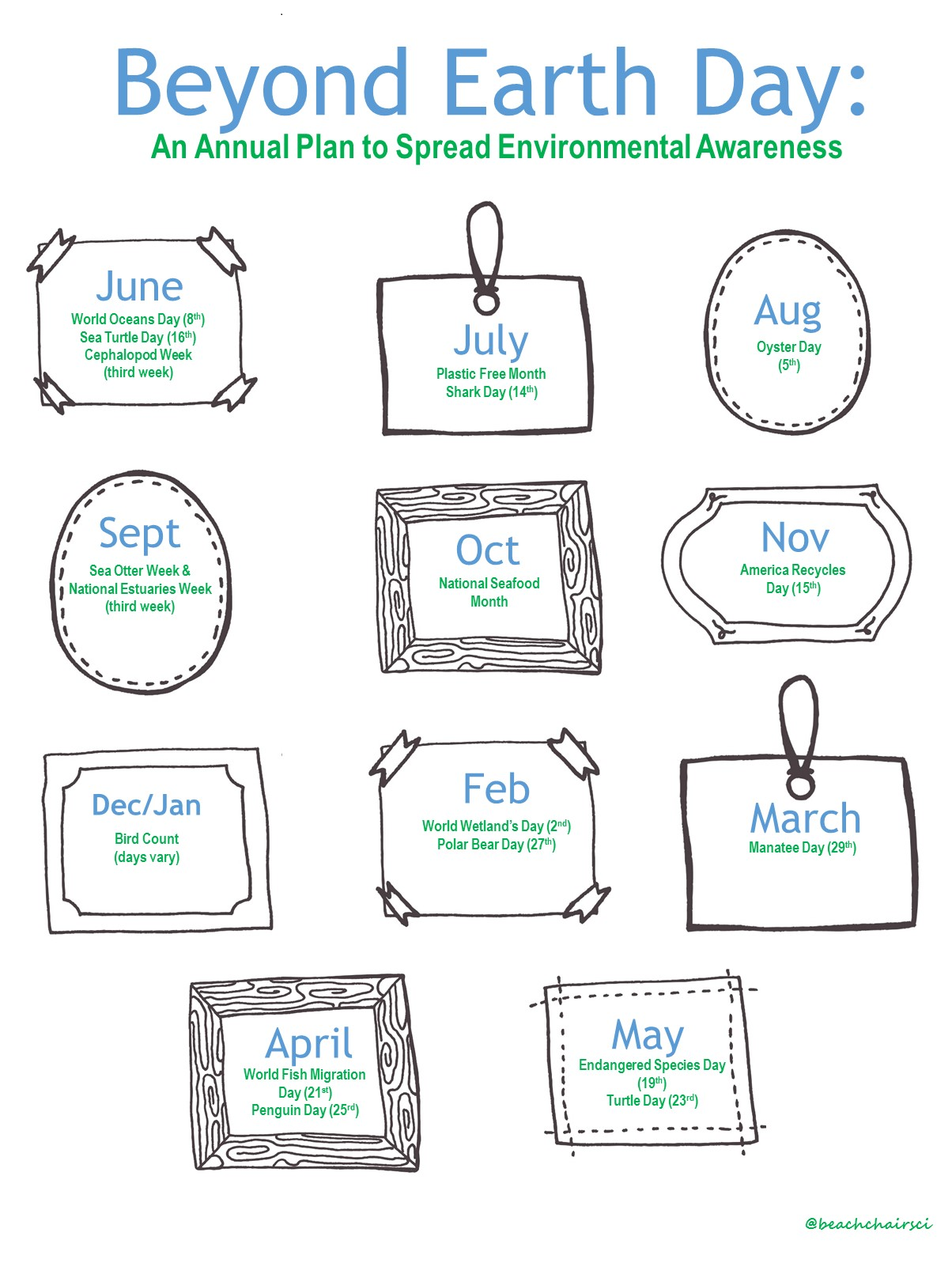
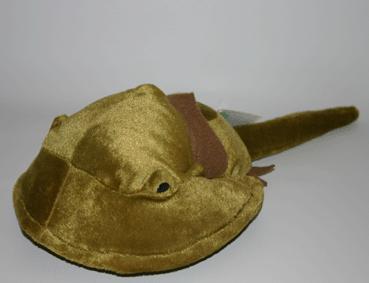
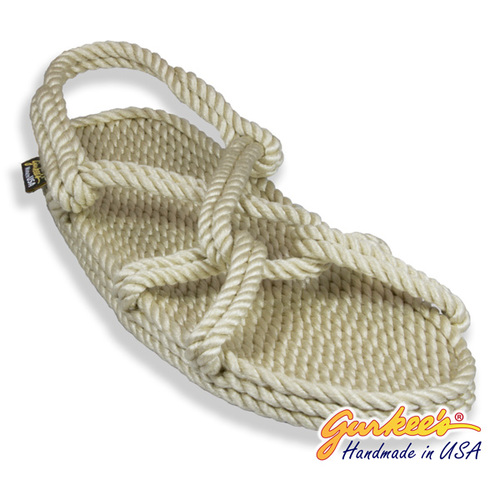

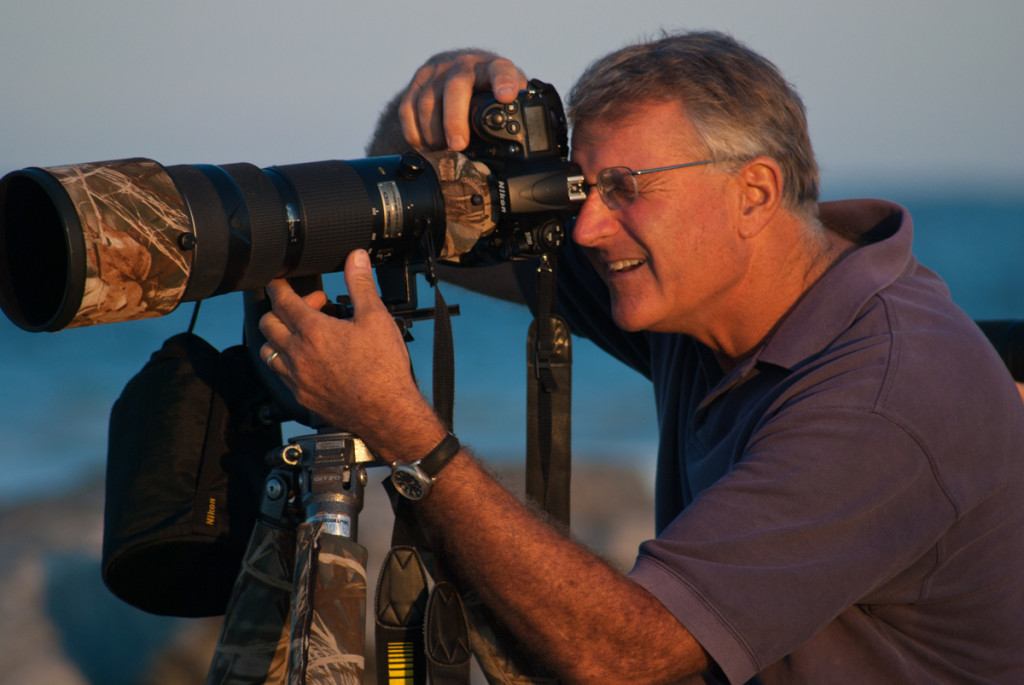
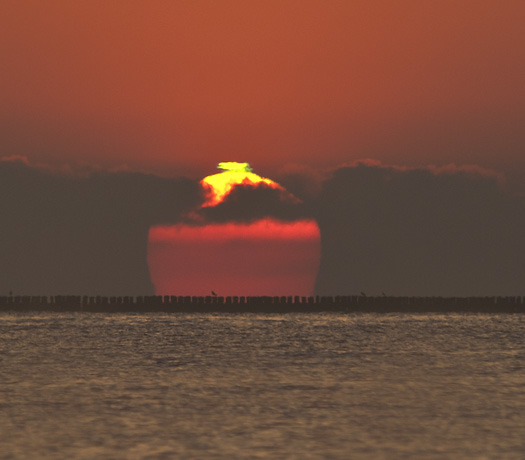
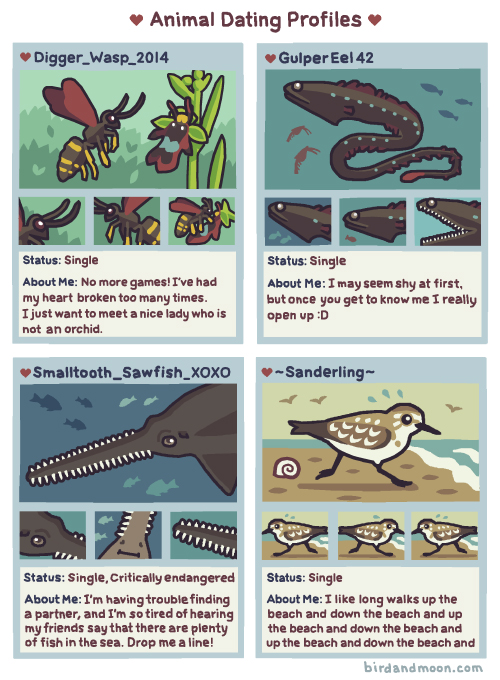
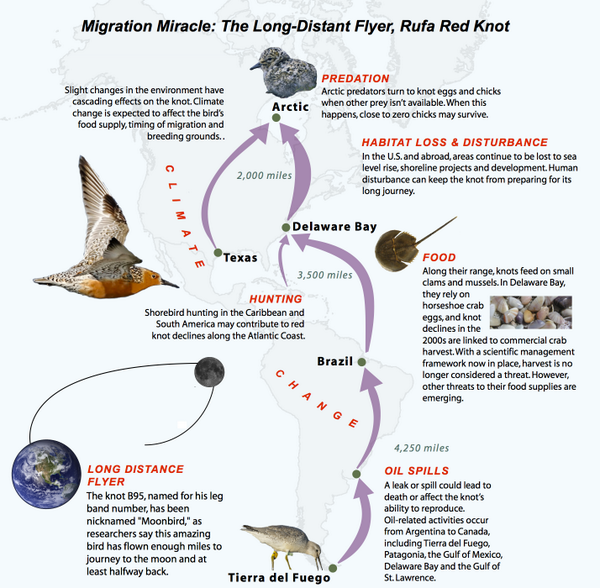
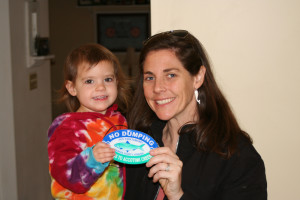
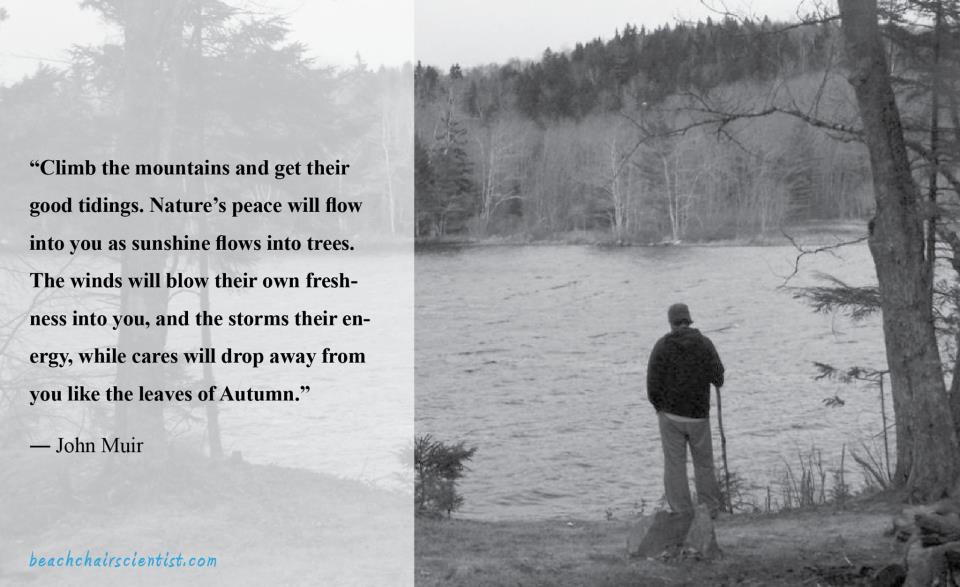
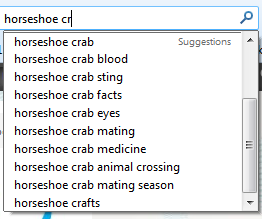







What people are saying …